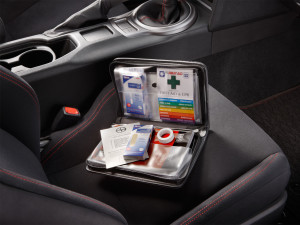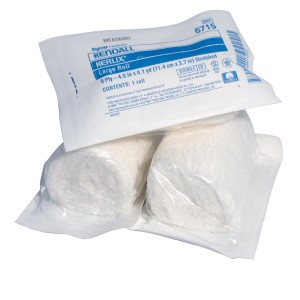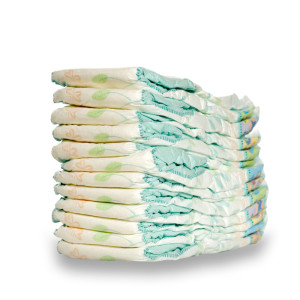A first aid kit is one of the essentials which every driver should carry in their car at all times. Unfortunately many drivers give this essential item a pretty low priority when it comes to kitting out their cars along with customized seat belt covers and gearshift knobs. Some people may even think that they won’t need a first aid kit because they always have their cell phone with them, but unfortunately a cell phone isn’t much use when it comes to stemming bleeding or even dealing with an insect sting or bite.
All drivers should carry first aid kits just in case they need them, and particularly if they are planning to take an extended road trip where some of the journey may be off the beaten track. Carrying the right gear with you can be a life saver in many situations but unfortunately some people only recognize the importance of a first aid kit when they actually need them – which is often too late.
It doesn’t take a medical degree in order to be able to put together a simple, basic first aid kit which could make a world of difference. The first thing you’ve got to do is to decide whether you want to store your kit in a pouch or in a box. If there is a limited amount of space available in your vehicle then you might even consider keeping a few first aid essentials in a sealable, waterproof pouch or Ziploc freezer bag. This flexibility means that it can be stored in side door shelves or pockets, glove compartments or even underneath the front seat. If you choose a clear, transparent pouch you will be able to get to whatever you need in a hurry and in some emergency situations every second counts.
A box may be okay if you have plenty of storage space. Perhaps a tool box or tackle box which allows you to organize the contents and provide quick, easy access as required.
Whatever type of container you choose, you need to make sure that it is stocked with the following equipment:
• Adhesive tape
• Antibiotic ointment
• Antiseptic solutions or alcohol
• A variety of bandages in a selection of sizes
• Instant cold packs
• Cotton balls and swabs
• Latex gloves
• Gauze pads and a variety of sizes of roller gauze
• First aid manual
• Safety pins in an assortment of sizes
• Petroleum jelly
• Scissors
• Needle
• Tweezers
• Thermometer
• Sterile eyewash or saline solution
• Triangular bandage
• Plastic bags to dispose of any contaminated materials
• Hand sanitizer or soap
• Anti –diarrhea medicine which can help to prevent dehydration
• Calamine lotion – perfect for bites and stings
• Oral antihistamine tablets
• Aspirins or other over the counter pain relievers
• Personal medications
• Medicine cup, spoon and syringe
• Small flashlight, waterproof with supply of extra batteries
• Sunscreen
• Matches and candles (fire may be essential if you get caught out in a colder climate)
• Emergency telephone numbers including family doctor and pediatrician telephones and other emergency services
If you are traveling with children:
• Disposable diapers
• Child safe sunscreen
• Insect repellent
• Hot water bottle
You should also make sure that you have a good supply of drinking water and snacks for in case of emergency, as well as warm clothes, blankets etc.




